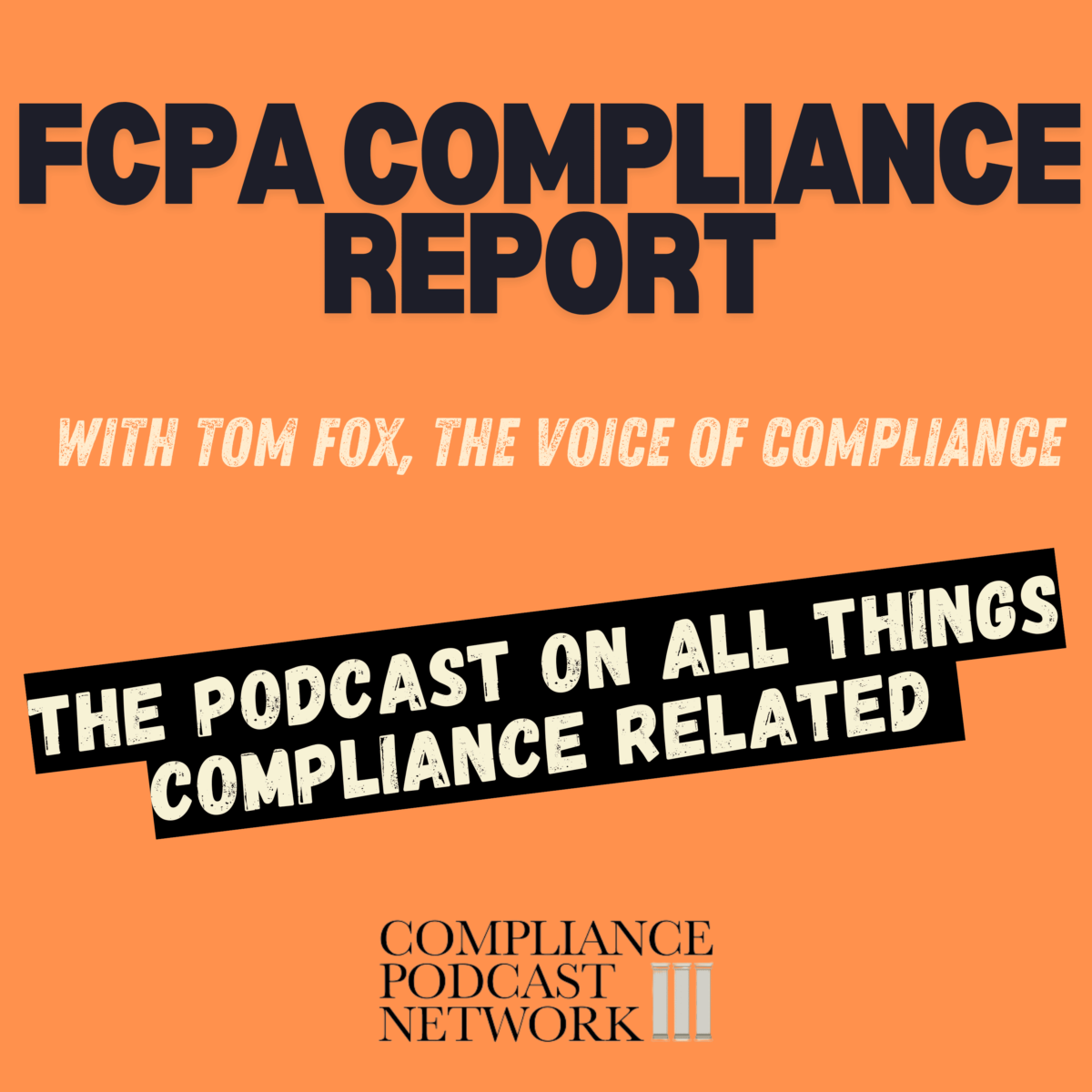The rise of agentic artificial intelligence (AI) is one of the most transformative developments in recent memory, particularly for legal and compliance professionals. No longer limited to passive interactions or answering questions, AI has evolved into a tool capable of reasoning, making decisions within pre-defined parameters, and taking actions autonomously. As businesses explore the potential of these technologies, compliance professionals find themselves at the forefront of ensuring that this innovation occurs within the guardrails of trust, privacy, and ethical accountability.
In a recent article in Bloomberg entitled Using AI Agents Requires a Balance of Trust, Privacy, Compliance author Sabastian Niles, President and Chief Legal Officer of Salesforce, discussed the role of AI agents today and in the future. Understanding this new breed of AI is essential for compliance professionals to harness its power responsibly while safeguarding trust, privacy, and compliance. Over this three-part blog series, I have explored what Agentic AI systems are and how the compliance profession can use them. Today, we conclude by looking at key issues compliance will face, including trust, privacy, and ethical accountability.
Trust is the bedrock upon which all successful technology implementations are built, and when it comes to agentic AI, trust is not just a nice-to-have; it is non-negotiable. For compliance professionals, fostering trust in AI systems is a dual challenge: balancing the excitement of innovation with the ethical and regulatory responsibilities that come with it. Without trust, even the most sophisticated AI systems can fail to deliver their promised value, exposing organizations to legal, reputational, and operational risks.
The cornerstone of this trust lies in three critical areas: data integrity, transparency and explainability, and regulatory alignment.
Data Integrity: Building AI on a Solid Foundation
AI agents are only as reliable as the data they process. The outputs will follow suit if the inputs are flawed—whether through bias, inaccuracy, or incompleteness. Compliance professionals must ensure the organization’s data ecosystem is robust, curated, and reflects organizational values. Steps a compliance professional can take to strengthen data integrity include the following:.
- Centralize Data Management. Fragmented data sources increase the risk of inconsistencies. Establish unified systems that pool data into a single source of truth, ensuring consistency across all AI-driven processes.
- Validate Inputs and Outputs. Build systems that validate data inputs for accuracy and continuously monitor AI outputs. This safeguards against deviations or unintended consequences as the AI evolves.
- Eliminate Bias. Conduct bias audits on datasets to ensure fair and equitable outcomes. For example, compliance teams using AI to monitor transactions for fraud must ensure that the data does not unfairly target specific regions or demographics.
When compliance professionals champion high-quality, unbiased, and unified data, they provide a strong foundation for building trust in AI systems.
Transparency and Explainability: Demystifying the Black Box
One of the most common concerns about AI, particularly agentic AI, is its Black Box quality. How did the system arrive at a specific decision? Was it a fair decision? Could it have been influenced by flawed data or programming? Transparency and explainability are key to addressing these questions. For compliance professionals, the goal is to ensure that AI decisions are understandable and defensible. Regulators, employees, and customers will demand to know how AI systems operate, especially when decisions impact them directly. A compliance function can prioritize transparency using the following strategies:.
- Document Decision-Making Processes. AI systems must be designed to log their decision-making rationale. This documentation can be a critical audit trail during internal reviews or regulatory inquiries.
- Promote Explainable AI. Collaborate with IT and AI teams to prioritize explainability, even if it means sacrificing some degree of complexity. The ability to explain why an AI flagged a transaction or how it recommended a course of action builds confidence among stakeholders.
- Train Stakeholders. Ensure that key stakeholders understand the basics of how the AI system operates, its limitations, and when human oversight is required.
Transparency and explainability are not just technical features; they are trust-building tools. Compliance professionals who advocate for these principles will strengthen stakeholder confidence in AI systems.
Regulatory Alignment: Staying Ahead of the Curve
As Agentic AI continues to evolve, so will the regulatory landscape. Policymakers worldwide are introducing AI-specific regulations, such as the EU Artificial Intelligence Act or Colorado’s state-level Consumer Protections for Artificial Intelligence. These frameworks ensure that AI systems operate ethically, securely, and transparently. For compliance professionals, this represents both a challenge and an opportunity.
- Embed Privacy-by-Design Principles. Incorporate data privacy protections at every stage of AI development, ensuring compliance with laws like GDPR, CCPA, and beyond.
- Monitor Emerging Regulations. Monitor evolving AI regulations and assess how they impact your organization. Assign dedicated resources to regulatory monitoring to stay ahead of changes.
- Collaborate Across Functions. Work with legal, IT, and data governance teams to ensure AI systems meet or exceed regulatory standards from day one.
Compliance professionals have a unique role in translating complex regulatory requirements into actionable strategies. By embedding regulatory alignment into AI systems, they help their organizations avoid legal pitfalls and foster long-term trust.
Building Ethical Guardrails: The Compass for Responsible AI
Trust in AI is not just about compliance; it is also about ethics. The responsible adoption of agentic AI hinges on establishing ethical guardrails that ensure innovation does not come at the expense of integrity. These guardrails serve as both a compass and a safety net, guiding the organization as it navigates the complexities of AI deployment. You should employ several key ethical guardrails.
- Transparency in Decision-Making. AI systems must document and communicate their decision-making processes. This ensures that humans can intervene when needed.
- Risk Mitigation. Conduct comprehensive risk assessments for all AI use cases, identifying vulnerabilities and implementing safeguards to address them.
- Human Escalation Pathways. Define clear parameters for when and how human oversight is required. Even the most advanced AI systems should not operate entirely without human involvement.
- Privacy Protections. Privacy-by-design principles should be central to every AI deployment, ensuring compliance with data protection laws and safeguarding customer trust.
By championing ethical AI practices, compliance professionals can help their organizations harness the power of agentic AI while mitigating its risks.
Balancing Innovation with Compliance: A Strategic Opportunity
The perception of compliance as a business blocker is outdated. Agentic AI allows compliance teams to position themselves as enablers of innovation. Compliance professionals can enhance business outcomes and stakeholder trust by guiding organizations to adopt AI responsibly and strategically. There are multiple steps that a corporate compliance function can take and inculcate in your organization.
- Educate Your Team. Develop a plan to increase your team’s understanding of agentic AI—Foster cross-functional collaboration between compliance, IT, and business units to ensure alignment.
- Shift the Mindset. Move beyond the “Is this legal?” to ask, “How can we do this responsibly?” This positions compliance as a driver of ethical innovation.
- Audit Your Data Ecosystem. Conduct a thorough review of your organization’s data sources, addressing inaccuracies and ensuring readiness for AI processing.
- Update Policies. Revise acceptable use policies to address the unique risks of agentic AI, ensuring alignment with organizational values and emerging regulations.
- Prioritize Trust. Without definitive laws, meeting or exceeding customer privacy and security expectations can be a competitive advantage.
The Path Forward: Trust as a Strategic Asset
Adopting Agentic AI systems marks a transformative moment for compliance professionals and the corporate compliance function. By embedding trust into every aspect of AI deployment through data integrity, transparency, regulatory alignment, and ethical guardrails, compliance teams can help their organizations navigate this new era and thrive in it. By championing trust, compliance professionals can become strategic partners in their organizations’ AI journeys, proving that ethics and innovation are not opposing forces; they are complementary pillars of success. As always, compliance begins with trust. In the Agentic AI era, trust is not just foundational but transformational.
The rise of AI is not just a technological shift; it’s a cultural and ethical one. It’s an opportunity for compliance professionals to redefine their roles, demonstrating that trust and innovation coexist. In this new frontier, the organizations that strike the right balance between trust, privacy, and compliance will succeed and set the standard for the entire industry. As Niles aptly puts it, this is not just about adopting new tools but transforming organizations’ operations. And in that transformation lies the promise of a more efficient, resilient, and ethical future.









